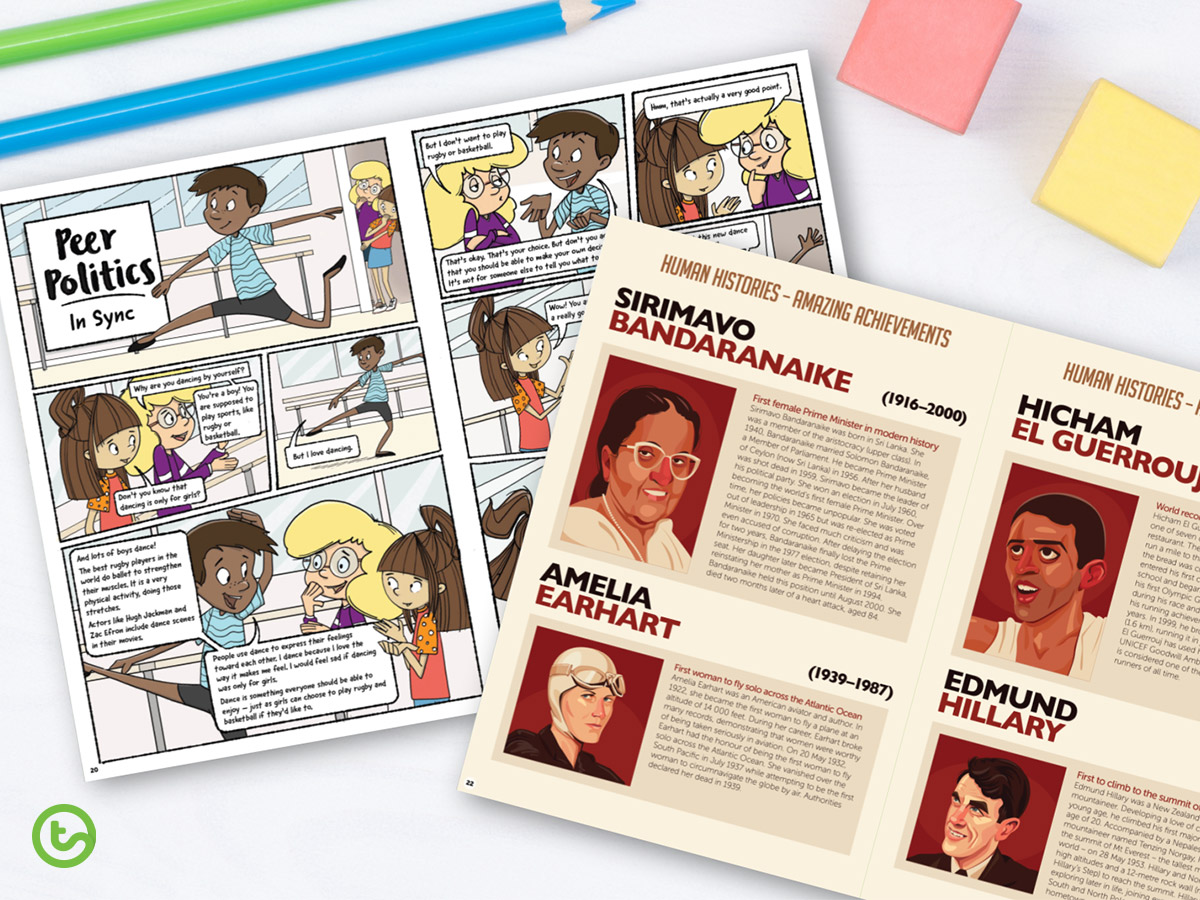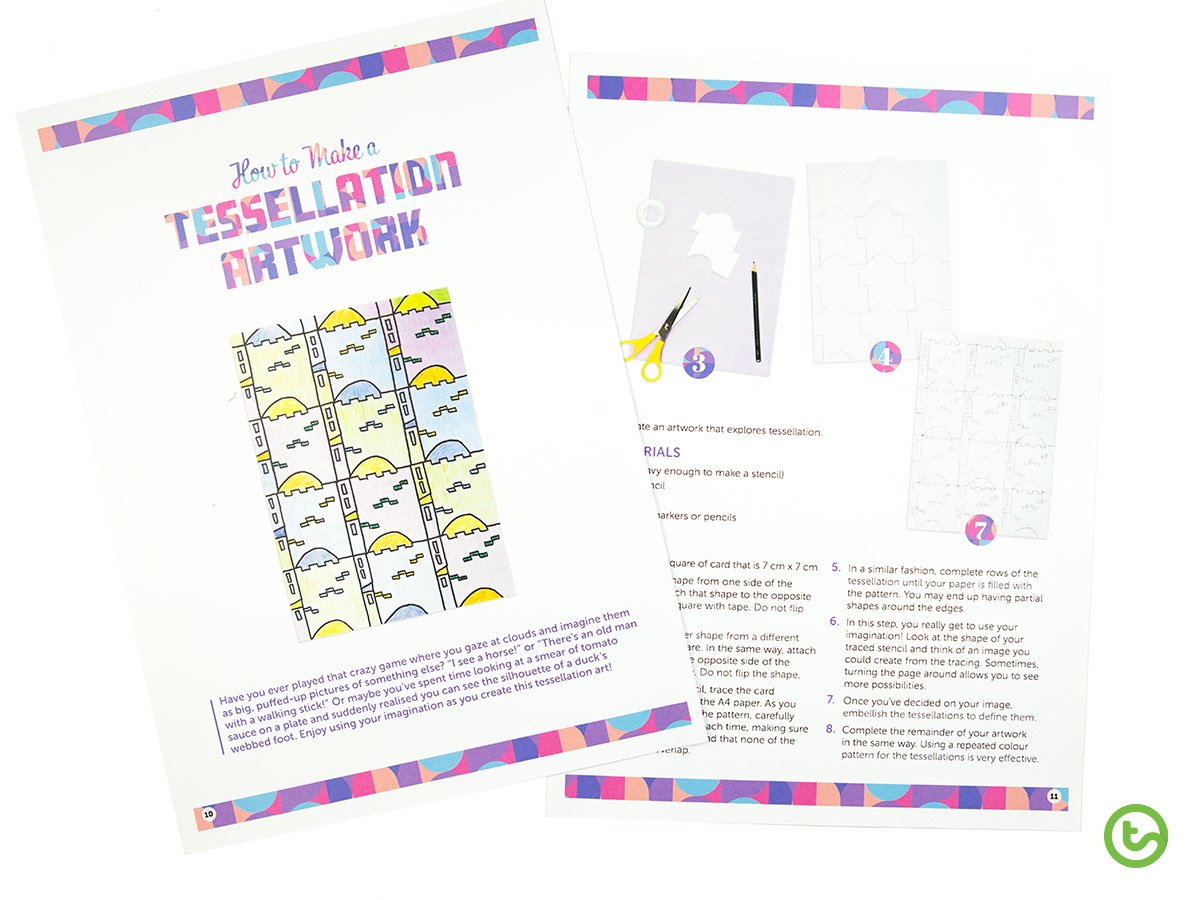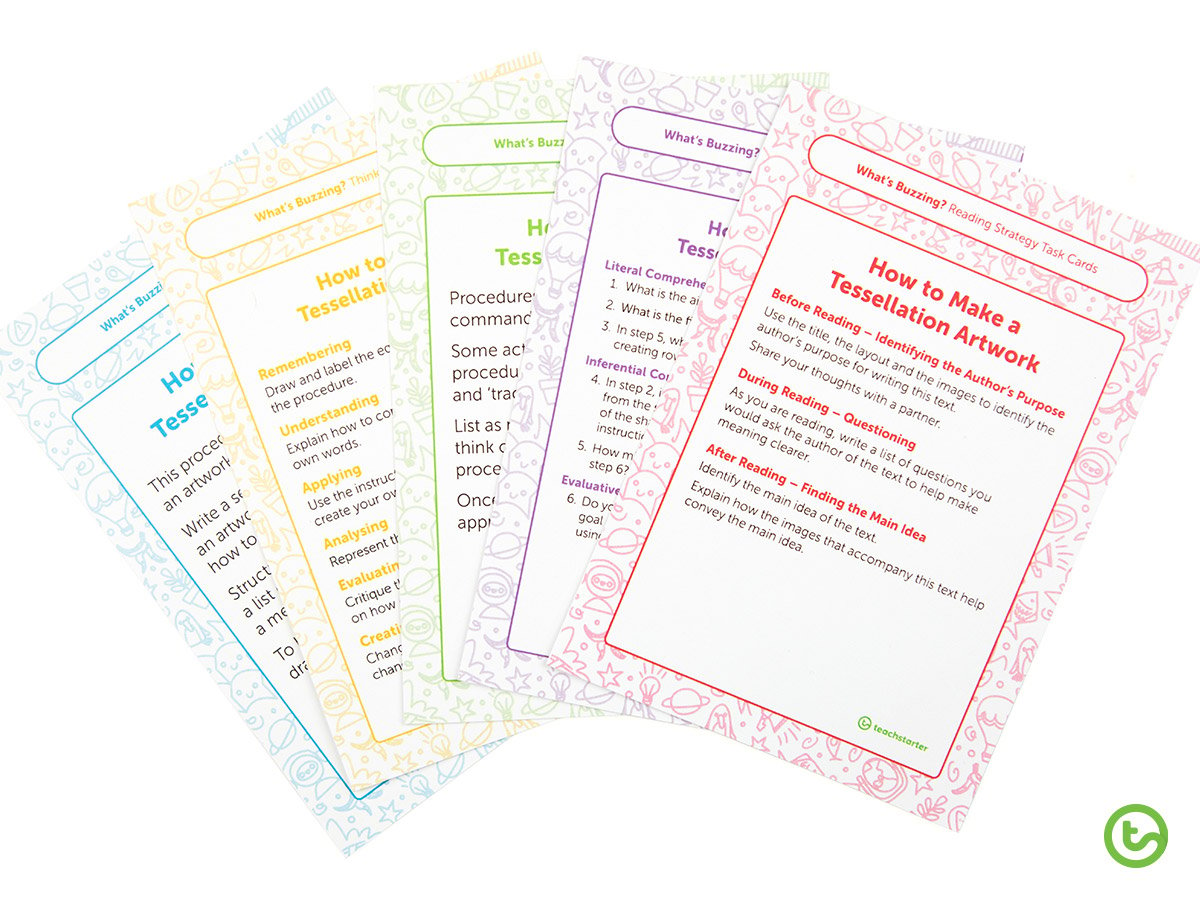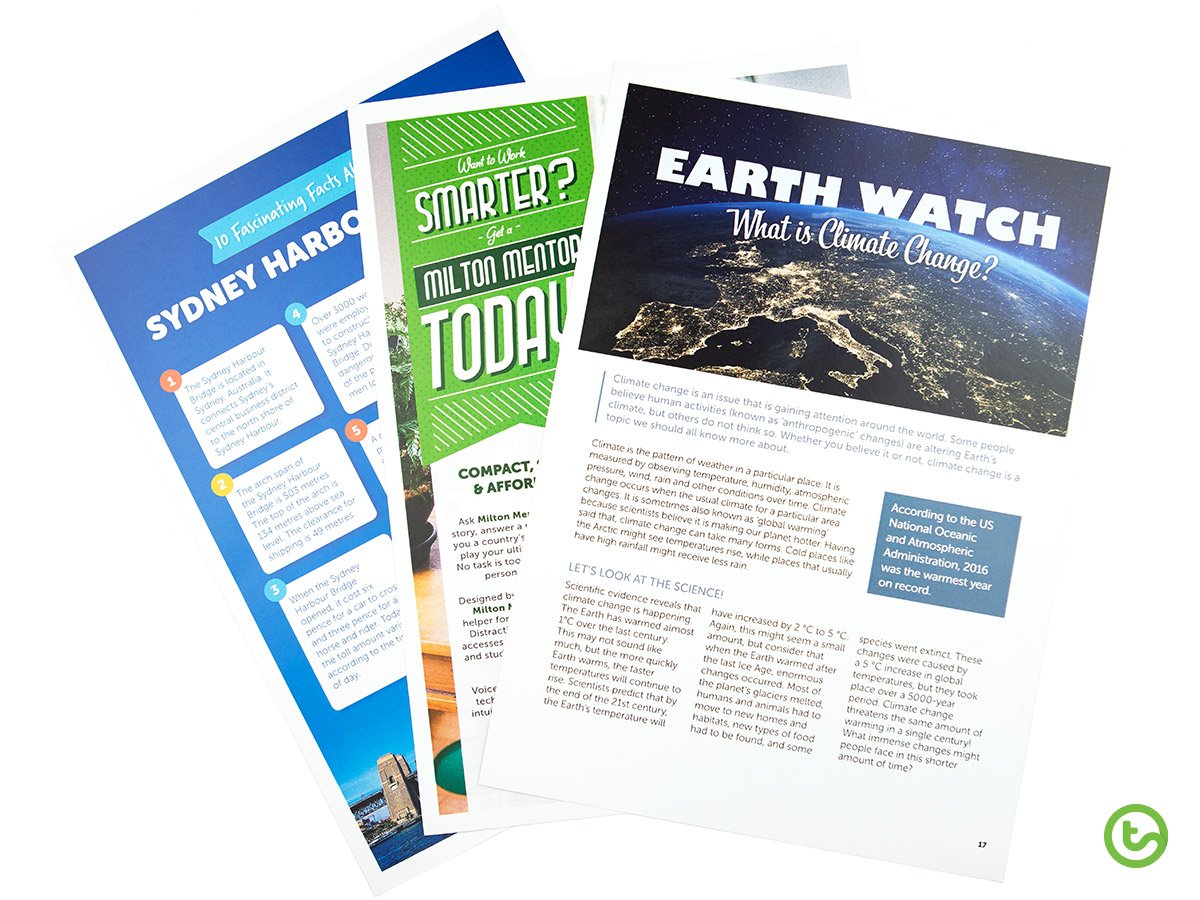Did you know that under the umbrella text types: imaginative, informative and persuasive, there are over 20 text types to explore? Yikes.
Wouldn’t it be amazing if there were one teaching resource packed full of engaging articles in a range of text types? What’s more, wouldn’t it be amazing if the content were curriculum aligned, written specifically for Year 6?
This dream is now a reality. In our Year 6 Magazine – What’s Buzzing? (First Edition), you will find ten different text types. Stay with me to learn more about our new and unique Year 6 Magazine – What’s Buzzing? (First Edition).
Why Expose Students to Different Text Types?
All readers and writers need to be exposed to different text types. Let’s face it, much of an adult readers life is spent comprehending non-fiction texts such as reports, articles, procedural and informative texts, not to mention advertisements.
 Fiction and non-fiction text types have very different language features and structures. Reading a variety of text types provides students with the opportunity to:
Fiction and non-fiction text types have very different language features and structures. Reading a variety of text types provides students with the opportunity to:
- develop and nurture a love of reading
- make connections between their own experiences and those of characters and events
- engage with text types in the real world
- become familiar with text type features and structures
- identify similarities and differences between text types
- apply targeted skills and reading strategies
- create texts that adapt or combine aspects of the text that they have experienced.
Exposing your students to a wide range of text types encourages a love of reading. Also, it can be a brilliant way to engage reluctant readers and writers. Download our new Year 6 Magazine – What’s Buzzing? (First Edition), and set your students up for reading success.
Procedure and Tessellation Artwork
Are you teaching procedural texts next term? Are you quivering at the thought of another whole class baking experience in a quest to teach how to read and write instructions? LOL.
It’s time to refresh how you teach procedural texts and turn a few teacher heads. One of the many shining stars of the Year 6 Magazine – What’s Buzzing? (First Edition), is How to Make a Tessellation Artwork.
This procedural text combines reading comprehension with art, design and mathematics. Your students will love to use their imaginations and creativity to make their own tesselation artwork.
How to Make a Tesselation Artwork
 Of course, there’s a whole heap of groundwork that needs to be done before your class get hands-on and create their own tessellation artwork. As with all text types, reading comprehension, as well as knowledge and understanding of the structure and text features requires unpacking, analysing and repacking.
Of course, there’s a whole heap of groundwork that needs to be done before your class get hands-on and create their own tessellation artwork. As with all text types, reading comprehension, as well as knowledge and understanding of the structure and text features requires unpacking, analysing and repacking.
For this reason, we have created a set of task cards to use in conjunction with this teaching resource. These task cards address the areas of writing, language, comprehension, reading strategies, and higher-order thinking skills.
 Begin by addressing reading strategies and reading comprehension. Next, study language features and explore higher-order thinking skills. When your students have analysed the procedural text, encourage them to create their own tesselation artwork.
Begin by addressing reading strategies and reading comprehension. Next, study language features and explore higher-order thinking skills. When your students have analysed the procedural text, encourage them to create their own tesselation artwork.
Extend your students’ knowledge and understanding by asking them to write their own How To… procedural text This can be done as a shared writing experience or as an independent writing task.
You’ll be happy to know that there’s a set of task cards for every article Year 6 Magazine – What’s Buzzing? (First Edition).
Why Do Kids Love Comics?
Do you have students in your class who find reading comprehension a challenge? Perhaps you have students who are struggling to find books that they love to read? If you do, comics could be the answer.
So why are comics so popular with kids? Comics are fun, action-packed and easy to understand. Comics are packed full of bright and bold visuals that are appealing and also support reading comprehension. Because comics have such a strong focus on character and plot, they can be more engaging for students.
So, while some comics do not model perfect grammar and often contain less than ideal content, they may help students to develop their reading skills. The most important thing to remember is that students benefit from experiencing a wide range of text types and to provide a balanced approach. To sum it up…
…do what it takes to encourage your students to love reading and writing.
Use the two-page comic strip in Year 6 Magazine – What’s Buzzing? (First Edition) in conjunction with the Grade 6 Magazine – “What’s Buzzing?” (First Edition) Task Cards for a rich, meaningful learning experience.
Poetry
A Thinker Like Me is a poem about a child who ponders unusual questions as she lies in bed at night.
 When used in conjunction with the Grade 6 Magazine – “What’s Buzzing?” (First Edition) Task Cards, this poem provides an opportunity for students to:
When used in conjunction with the Grade 6 Magazine – “What’s Buzzing?” (First Edition) Task Cards, this poem provides an opportunity for students to:
- make connections between their own experiences and those of character in the poem
- explore and experiment with language features, rhyming patterns and imagery
- develop comprehension skills
- practise reading strategy skills
- create texts that adapt and combine aspects of the poem
- use higher-order thinking skills.
The days of searching high and low for age-appropriate poetry to target reading comprehension and language skills are over. This poem has been written by one of our highly experienced resource content producers. Most importantly, the language has been tailored specifically to meet the learning needs of your Year 6 students.
Text Types and More Text Types
Our Year 6 Magazine – What’s Buzzing? (First Edition) is the ultimate teaching resource to ensure that you are exposing your students to a wide variety of text types.
 Our brilliant Year 6 Magazine – What’s Buzzing? (First Edition) includes the following text types:
Our brilliant Year 6 Magazine – What’s Buzzing? (First Edition) includes the following text types:
- persuasive
- narrative
- poetry
- advertisement
- information report
- procedure
- explanation
- description
- comic
- biography.
Your students will love each and every engaging article.
If you have any questions or queries, don’t hesitate to get in contact with me via our comments section below this blog.
For more information on how this magazine can be used in English groups read Holly’s blog A Term of Literacy Activities Planned, Ready to Go! (Grade 6).








This is great. It would be great to have the cards for each text on a one pager, matrix style. Thank you.
Hi Shan, Thanks for your comment. This is a great idea, we will look into the possibility of creating this. Have a great day! Ali
Soo needed thank you
Hi Debbie, thanks for the positive feedback. It's such a pleasure to share these resources. Have a great day. Ali